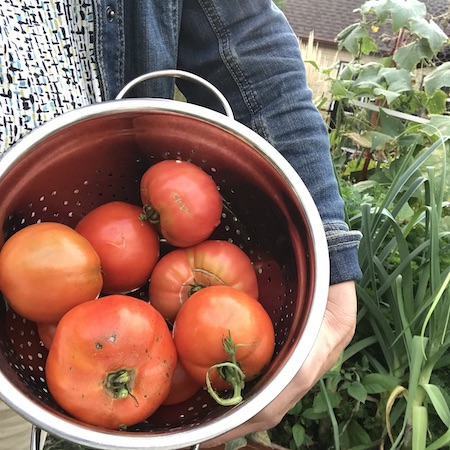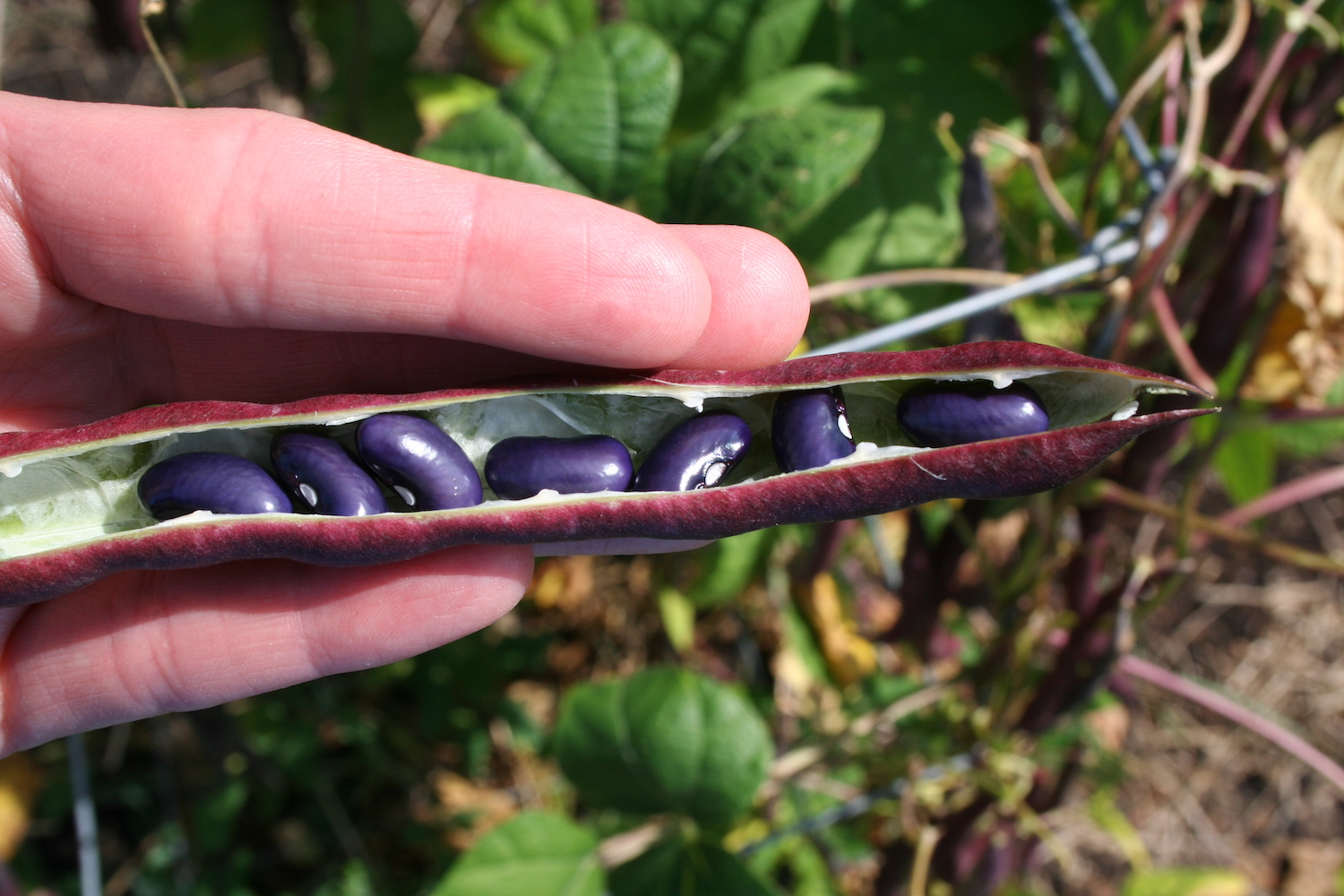When to Harvest Vegetables
Once your vegetable garden is planted and begins to produce a crop, you can spend a few moments every day in the garden to monitor then and decide when to harvest them. This is one of the joys of growing vegetables. Generally speaking, picking early and often is the best way to harvest vegetables for maximum production. However, there are crop-specific approaches to harvesting.
Greens: You can harvest greens — lettuce, spinach, chard — from the time leaves are about 4 inches long. Harvest from the outside of the plant, taking the largest leaves first, using a sharp knife or just pinching off leaves with your fingers. Greens grow from the center. If you want a plant to continue to produce, take no more than half of a plant’s leaves. Head lettuces — romaine or butternut, for example — are harvest whole. With those, you lift the plant slightly and cut the head from the root.

Tomatoes: Tomatoes come in two types: determinate and indeterminate. Determinate tomatoes grow to a set height and size, then produce all their fruit at once — usually in less than a month. This is great for gardeners who want to grow tomatoes in containers or who want to can or freeze their crop. With determinate tomatoes, you pick them (leave the little stem on when picking) in big bunches in a short period of time. Tomatoes are vines, and indeterminate tomatoes are vines that just keep on growing and producing fruit until frost nips them. Harvest these tomatoes as they ripen and enjoy fresh. Some tomatoes (cherry tomatoes, for example) will crack as they get ripe. These are best picked when they hit the orange-red stage.
Green beans: Beans also come in two types: bush, which stay shorter and produce their crop in a shorter amount of time; and pole, which vine and continue to produce as long as they are picked. Beans are a crop where the “early and often” policy really works. Remember, a plant’s goal in life is to set seed, and if you leave pods sitting on the plant, the plant will have accomplished its mission — and then will die. So, keep picking. If you are growing for dried beans, let the beans fully ripen and dry on the vine.

Potatoes. Potatoes grow up and form spuds along their roots and any area that is buried, so gardeners “hill up” potatoes. After the potato plant has reached 6 or 8 inches in height, you hoe dirt around the stem to cover all but about 4 inches. Continue to do this several times during the season. When the plant starts to yellow and fade, it’s time to dig up the potatoes. Potatoes come in early, mid-season and late varieties, so if you want to eat potatoes in the summer and then store some for winter, grow varieties that mature at different times. To harvest, you gently pull up the plant, then carefully dig around with a garden fork or your hands to uncover the spuds. Let them cure on the ground for a few moments to dry off. If you plan to store them, the potatoes should be cured in a cool, dry place for two weeks before going to their final storage place. Potatoes lend themselves very well to container growing. Here’s a video with instructions.
Broccoli, Cabbage: To harvest vegetables in the brassica family, you cut them at ground level with a sharp knife. Cabbages can be harvested when heads are firm all the way through and of the proper size for the variety you have planted. Broccoli should be picked when the flower heads have formed, but no flowers are open yet. Some vegetables, such as kale, taste sweeter if they are harvested after frost.
Do you follow any rules when you harvest vegetables in your garden?
